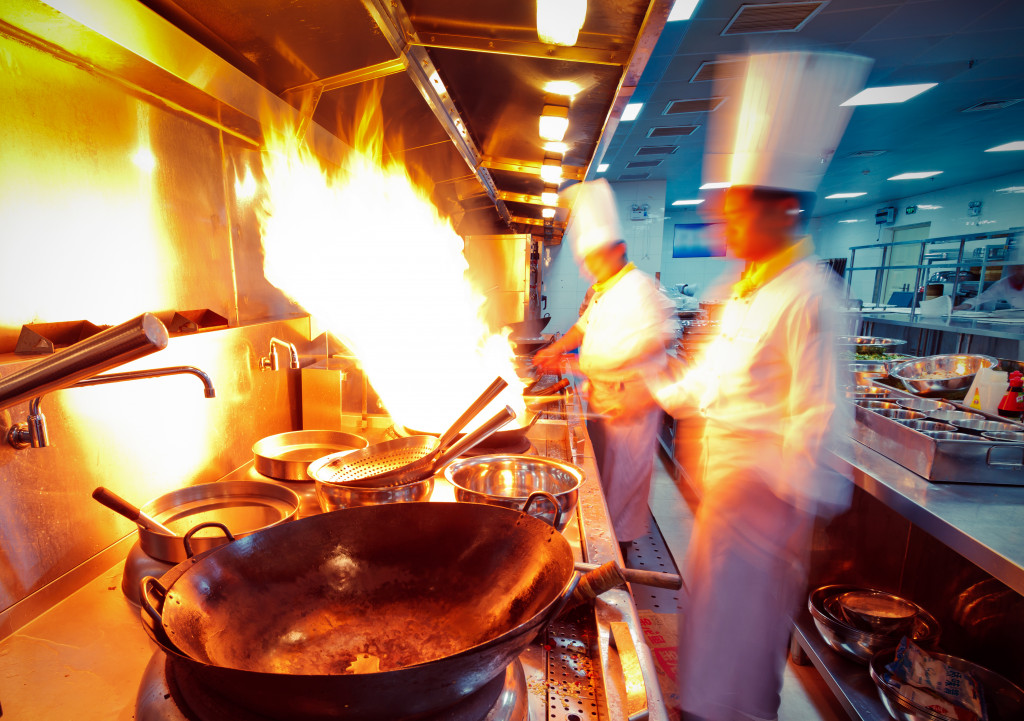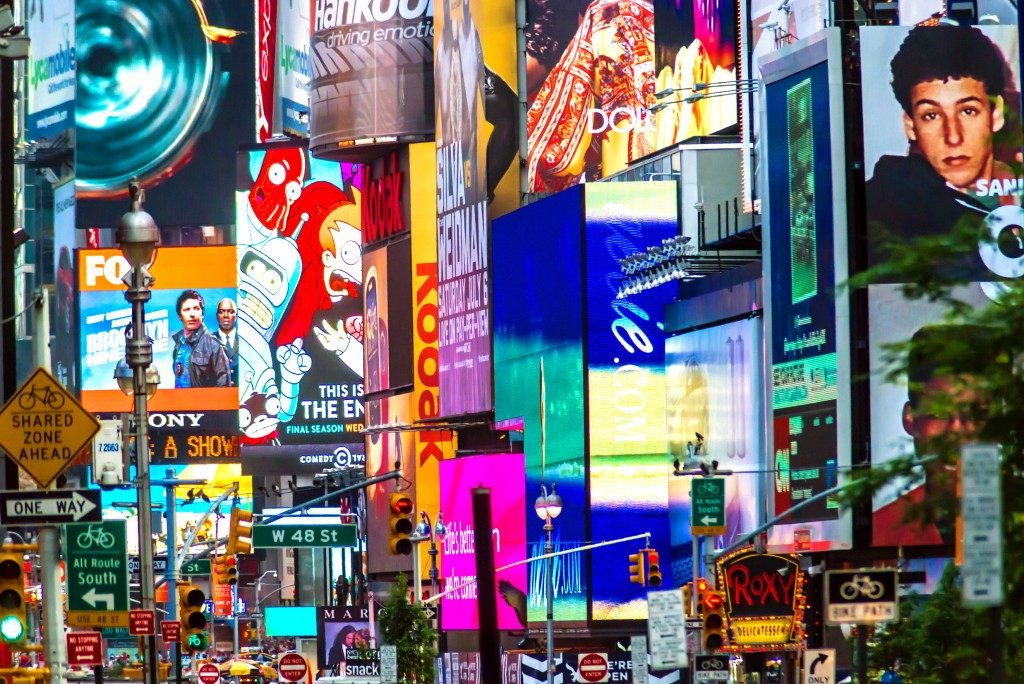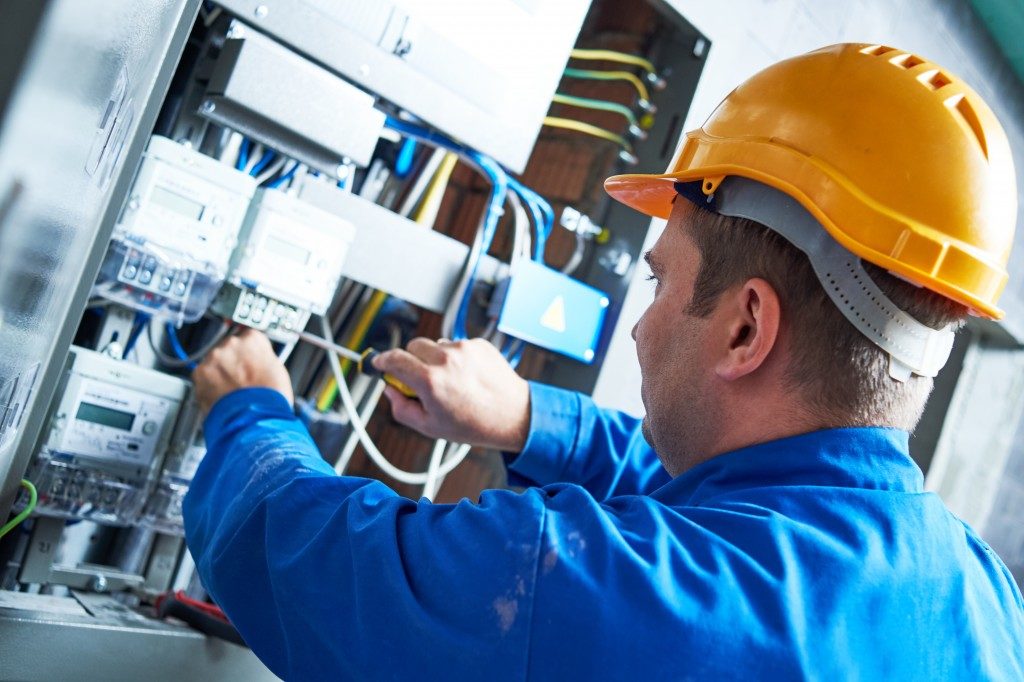The havoc that the coronavirus pandemic wreaked on the economy is not done yet. In a post-pandemic world, we will see restaurants try to come up with ways to enforce social distancing without making restaurants feel cold and impersonal. They will change the systems inside their commercial kitchens, with sanitation and hygiene now front and center more than any other time in history. It has become clear over the last 1.5 years that these changes will possibly last forever.
At the beginning of the pandemic, more than 110,000 restaurants in the country had to close permanently. Others had to transition to ghost kitchens because they can no longer afford the rental fees of their physical locations. To weather the impact of the pandemic, the whole industry had to shift and learn how to survive in a future that is uncertain as it was dangerous.
Restaurants have to change the way they operate because of the pandemic. Enforcing social distancing in the dining area is just one part of the equation. The bigger picture is how the whole business will operate under the condition of a post-pandemic world. The most important focus will be on the commercial kitchen and how restaurants will try to conform to standards and protocols amid budget constraints and workforce issues.
Commercial-grade Kitchen Appliances
Whereas before, some kitchens could survive using home kitchen appliances, this practice might need to change in a post-pandemic commercial kitchen. Why is that? Chefs and their assistants need to prepare a massive amount of food in a short amount of time as possible. They need to lessen their interactions in the kitchen, but that is not possible if they are not using the right equipment.
A commercial-grade food processor will help chefs prepare for the service hour. Investing in the right equipment will become mandatory for restaurants and other food establishments. Commercial-grade kitchen tools will be made to last and easy to sanitize.
Metallic Nanoparticle Coatings
Many restaurant owners will also look into metallic nanoparticle coatings to sterilize and disinfect the kitchen equipment, flooring, and other materials. The nanoparticles are being incorporated in floor coatings and interior paints for kitchens because they help prevent corrosion and extend the lifespan of the metal parts of the equipment. Nanoparticles can also occur naturally in food, though some are man-made. For generations, people have been “accidentally” consuming nanoparticles. There seems to be no issue with its consumption, so nanoparticles don’t impose risks on human health.
But when it comes to coating kitchen equipment and utensils with it, experts found them to be the easiest to sanitize. For hygienic purposes, this is a must. But in a post-pandemic world, the ease of sanitizing utensils and equipment will become crucial to the ability of a restaurant to survive.

Touch Screens and Wireless Headphones
How can a restaurant minimize interactions in its kitchens? That’s by using touch-screen and wireless technologies. Instead of shouting and talking over the food they’re preparing, kitchen staff needs to wear wireless headphones and mics. They also have to use touch-screen computers to communicate with each other without needing to talk. The use of these devices will eliminate the need for the kitchen staff to communicate extensively, while they are preparing the food. It will help keep the food safe.
Technologies such as digital menus, QR-code-based menus, and app-based reservations and ordering sustained the industry over the past year. But these tools are not merely for the pandemic. They will be essential as the industry tries to recover once economies open up again. The restaurant industry itself will become technology-centric. There is no question about it.
Automation
Is it possible to see a robot chef in the future? Yes, this is being experimented with already in places like Japan. There, it is not impossible to see bars and pubs with a robot for a bartender. Since mixing drinks is an exact science, robots can learn to do different mixes. Thanks to artificial intelligence, they can even learn new mixes when customers request them. So, in a commercial kitchen, it is not impossible to see robots cutting carrots, washing the dishes, and even sauteing garlic and onion.
Even as restaurants being to reopen, the dining public will take a while to feel confident once more. Restaurants have to do their part in ensuring that their customers will feel safe to dine in the establishment again. That begins by using the proper equipment, tools, utensils, and devices in the kitchen. Without these technologies, it will become impossible for restaurants to keep up with the new normal.




